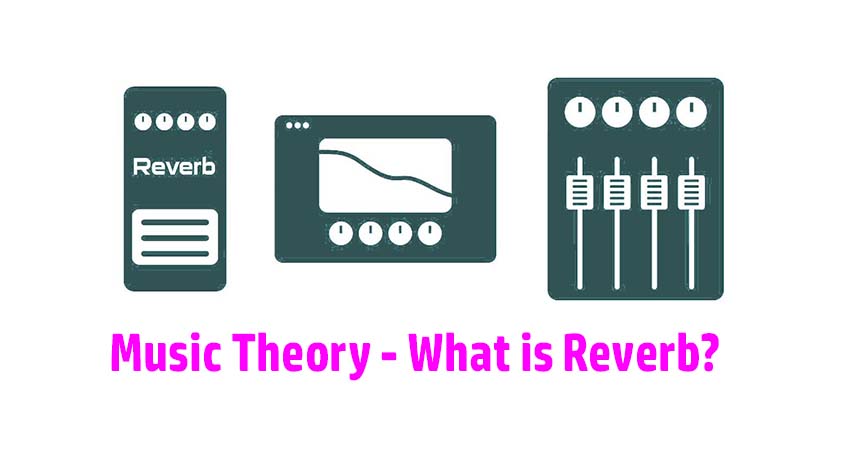
Understanding Reverb
When we hear sounds in the "real world," they are in an acoustic space. For example, suppose you are playing acoustic guitar in your living room. You hear not only the guitar's sound, but because the guitar generates sound waves, they bounce off walls, the ceiling, and the floor. Some of these sound waves return to your ears, which due to their travel through the air, will be somewhat delayed compared to the direct sound of the guitar.
This resulting sound from all these reflections is extraordinarily complex and called reverberation. As the sound waves bounce off objects, they lose energy, and their level and tone changes. If a sound wave hits a pillow or curtain, it will be absorbed more than if it hits a hard surface. High frequencies tend to be absorbed more efficiently than lower rates, so the longer a sound wave travels around, the "duller" its sound. This is called damping. As another example, a concert hall filled with people will sound different than if the room is empty because the people (and their clothing) will absorb sound.
Whether generated naturally or artificially, reverb has become an essential part of today's recordings. This article covers artificial reverb - what it offers, and how it works. A companion article includes tips and tricks on how to make the best use of reverb.
Different Reverb Types
There are two main types of artificial reverb: Synthesized and convolution-based. Synthesized reverb "models" the sound of a room through the use of various algorithms. For example, a "Hall" algorithm will take into account that waves travel further in a concert hall than in a small room, so the reverb will take longer to decay. A "Room" algorithm might model a small room, like a club or practice space. Other algorithms model artificial reverbs, such as "Spring" reverbs found in guitar amps, or "Plate" reverbs that were used extensively in the 60s. Each algorithm has a different sound quality, but they all work in the same fundamental way: A signal comes into the reverb, is analyzed, and the reverb algorithm generates echoes and reflections that mimic what happens in the chosen acoustic space.
Reverb Elements
A sophisticated reverb will have many parameters, but few people know how to optimize these parameters for specific recording situations. So, let's discuss how the various parameters affect your sound.
Reverb has two main elements:
The early reflections (also called initial considerations) consist of the first group of echoes that occur when sound waves hit walls, ceilings, etc. These tend to be more defined and sound more like "echo" than "reverb." You can often adjust the level of early reflections.
Decay, which is the sound created by these waves as they continue to bounce around a space. This "wash" of music is what most people associate with reverb, and is often called the reverb tail.
Another parameter, Pre-Delay, sets the time for the first sounds to travel from the source to the first set of reflections. The larger space, the larger the pre-delay because it takes more time for the signal to arrive at a wall or ceiling and start bouncing around.
Advanced Parameters:
Following are some of the parameters found in higher-end synthesis-based reverbs; less expensive reverbs will have a subset of these parameters. Convolution reverbs generally have fewer parameters, but in the past few years, engineers have figured out how to make convolution reverbs more editable.
See More: Reverb Tutorial - The Ultimate Secrets to Making Your Reverb Sing
© Copyright musicianintro